
Poland Abolishes 700-Meter Wind Turbine Distance Restriction
Introduction of the New Law The Polish cabinet has approved amendments to the Wind Energy Investment Act. The changes reduce the minimum distance between wind

Introduction of the New Law The Polish cabinet has approved amendments to the Wind Energy Investment Act. The changes reduce the minimum distance between wind
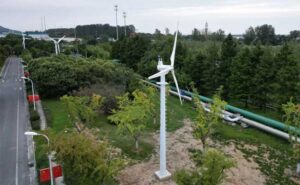
Proper maintenance keeps wind turbine electric generators running efficiently and safely. Regular inspections and timely repairs help prevent failures. Maintenance work is divided into the
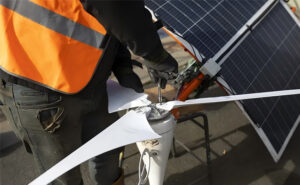
Parts of a Wind Generator: Understanding Small Wind Turbines We generally refer to wind turbines with a power output of 10 kW or less as

In the realm of green energy transition, Wind Turbine Technician Jobs and photovoltaic power stand out as beacons of sustainability. While we admire the majestic

Wind Turbine Blade Recycling: New Bio-based Materials Bring Breakthrough Wind power generation is an important pillar of global sustainable energy development. According to a report
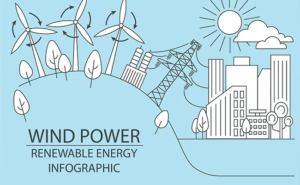
The principle of wind turbines As the wind interacts with the wind rotor, it sets the rotor blades in motion, kickstarting rotation to harness average
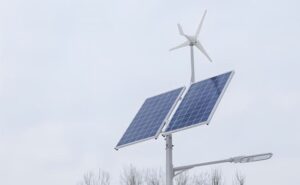
What is a Residential Wind Generator? A residential wind generator is a small wind turbine made for home use. It’s smaller than the big turbines

Exposing the Wind Turbine Industry Scam: 1. The development speed of small wind turbines In recent years, the small wind turbine sector has witnessed a
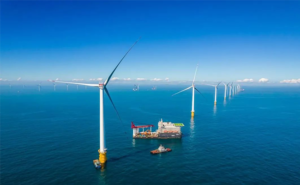
Understanding the Components of a Wind Turbine Farm: Wind turbine farm are the basic form of wind power grid-connected operation in the world. In areas

1. Wind turbine blade polyurea Wind turbine blade polyurea coating has significantly improved the service life and operation stability of wind turbine blades with its
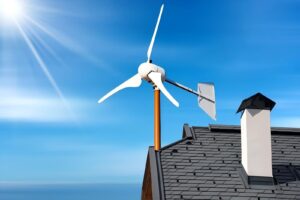
More homeowners are considering wind power as a renewable energy option. But do wind generators for home really make sense? Wind turbines can be useful,
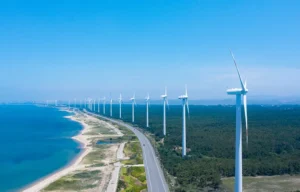
Unlocking the Power of Offshore Wind: A Technological Marvel Offshore wind power harnesses wind energy at sea, with offshore wind turbines central to this process.